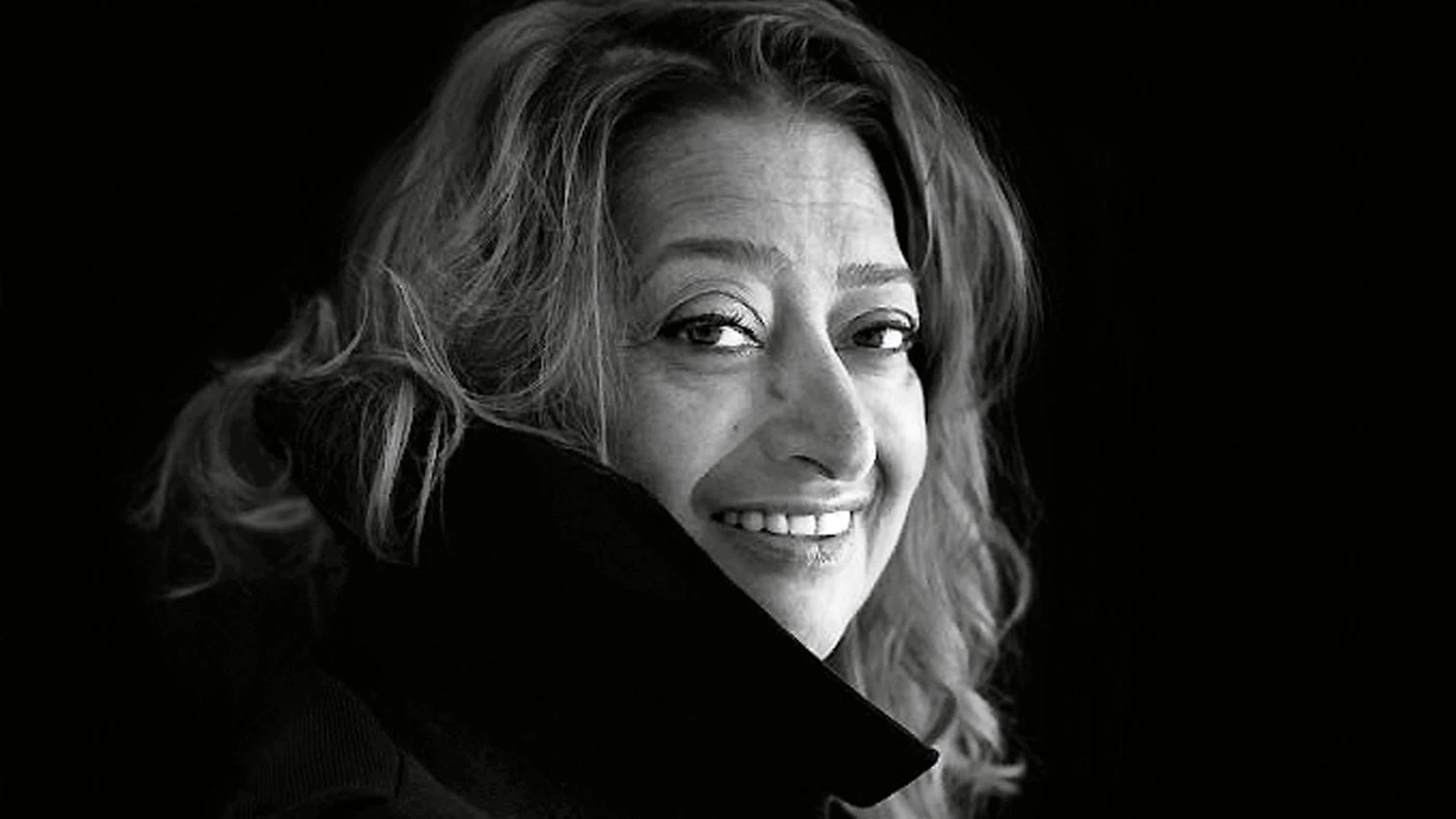
The Iraqi-British architect Zaha Hadid passed away in Miami, Florida, at the age of 65, last 31 March, after suffering a heart attack. Born in Baghdad in 1950 into an affluent family, she enrolled at the Architectural Association in London after studying mathematics at the American University of Beirut. Having earned her degree in architecture, she worked for some time with Rem Koolhaas and Elia Zenghelis, both of whom had been professors of hers at the AA. In 1979 she set up practice in London, launching a career of her own that would prove intense until the end: she is the author of such recognizable works as the Vitra Fire Station, the Hoenheim-Nord Terminus and Car Park in Strasbourg, or the Heydar Aliyev Cultural Center in Baku, Azerbaijan. In the course of her lifework she received awards as important as the Pritzker Prize in 2004 (she was the first woman ever to win it solo, not as part of a team), the Praemium Imperiale of the Japan Art Association in 2009, and the RIBA Gold Medal just this year, besides being named Dame Commander of the Order of the British Empire in the year 2011. She was a pioneer in the fusion of architecture and parametrics, and the global influence of her innovative approaches on the recent evolution of the architectural profession is undeniable. Her sense of experimentation, which has yielded forms ranging from the fracture inherent in angles to the sensuality of waves, is patent in all her designs, be they for buildings, furniture pieces, jewelry, or automobiles. Zaha Hadid’s legacy is vast and her work is sure to be remembered and imitated.






